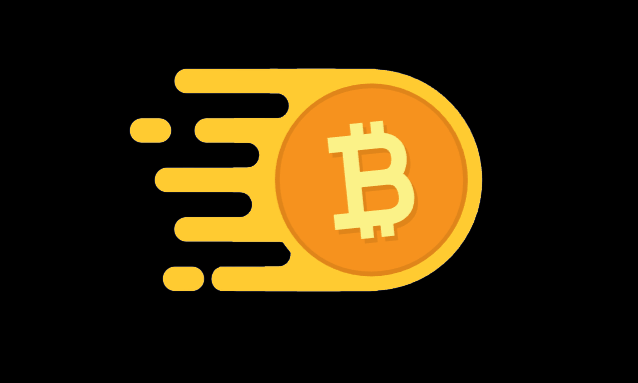Ethereum for Beginners

What is Ethereum
Before we get into Ethereum, a quick summary about Bitcoin. Bitcoin was the first implementation of blockchain, with the primary use case of "store of value" or payments. You can read about Bitcoin and Blockchain more in our Bitcoin for Beginners post. Prior to Ethereum, there were very few practical applications of blockchain technology outside of currencies or finance. Ethereum expanded the use case of blockchain technology and decentralization networks from financial payments and store of value to technology distruptor across multiple industries and pioneered the concept of smart contracts. Ethereum enabled the creation of decentralized application on top of the Ethereum blockchain network.
What is Ether (ETH)
Ether is the Currency of the Ethereum network. Ether is the second largest Cryptocurrency after Bitcoin in terms of market capitalization. Ether is similiar to Bitcoin, that it is a decentralized currency however, it was designed to be used within the Ethereum network as payment for transactions.
Creator of Ethereum
Vitalik Buterin is the inventor and co-founder of Ethereum. In late 2013, Vitalik published a white paper about Ethereum. The other co-founders of Ethereum include Anthony Di, Charles Hoskinson, Mihai Alisie, Amir Chetrit, Joseph Lubin, Gavin Wood and Jeffrey Wilcke. The non-profit Ethereum Foundation was founded in June 2014 to support development of the Ethereum cryptocurrency platform.
Difference between Bitcoin and Ethereum (Ethereum vs Bitcoin)
Ethereum was developed to be a programmable decentralized platform, with a programming language that allows developers to create smart contracts and decentralized applications (dApps). Developers can utilize Ethereum platform to run these dApps and smart contracts.
Bitcoin was developed to achieve the goal of decentralized currency and an alternative to the existing financial eco-system.
Difference between Ethereum and Ethereum Classic (Ethereum vs Ethereum classic)
Ethereum Classic came from the same initial blockchain code base as Ethereum and was born due to major differences wtihin the Ethereum communitiy after the exploitation of a major flaw in the "The DAO".
"The DAO" was a form of captial fund, which was crowd sourced and decentrally controlled using smart contracts. The attacker exploited a loop hole in the smart contract of "the DAO" and stole 50 million dollars of Ether.
The Ethereum community voted that, the contract and the stolen transaction to be reversed on the Etherium blockchain. The history of the stolen transaction was removed from the Etherium blockchain.
Part of the community disagreed on this decision and argued on the concept that "Code is Law". In this case, as this was not a hack or exploit of the network and the smart contract was valid, though poorly coded or "worded" - it should not be altered. These members of the Ethereum community ignored the change and continued to participate in the original network, that didnt reverse the stolen ether, which led to the creation of two Ethereum blockchains. The original blockchain, without the unaltered history was named Ethereum Classic and the currency of this network as Ether Classic.


